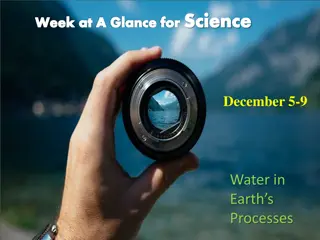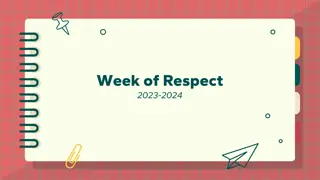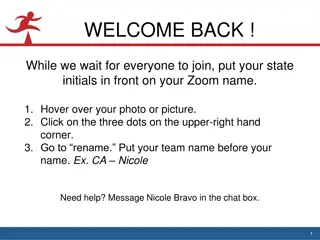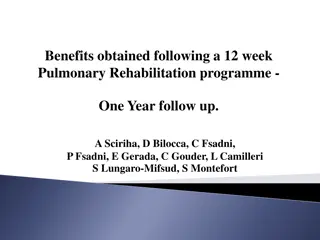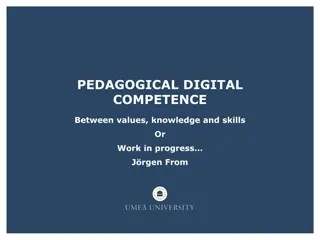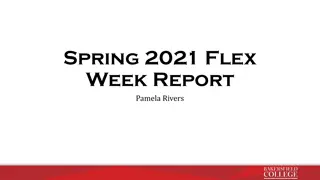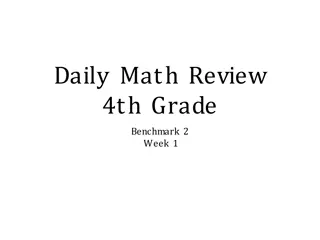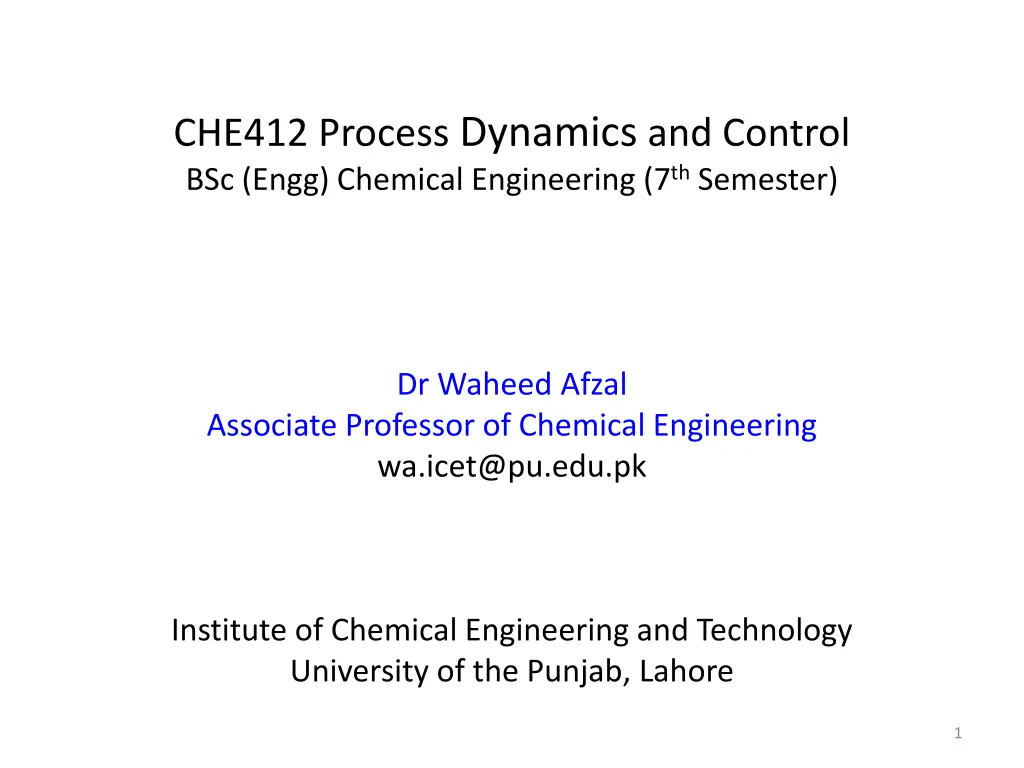
Chemical Process Dynamics and Control in BSc Chemical Engineering
Explore the world of process dynamics and control in chemical engineering with a focus on equipment, safety, production specifications, environmental regulations, and operational constraints. Learn about the requirements and objectives in controlling processes effectively to ensure stability and maximize profits.
Download Presentation

Please find below an Image/Link to download the presentation.
The content on the website is provided AS IS for your information and personal use only. It may not be sold, licensed, or shared on other websites without obtaining consent from the author. If you encounter any issues during the download, it is possible that the publisher has removed the file from their server.
You are allowed to download the files provided on this website for personal or commercial use, subject to the condition that they are used lawfully. All files are the property of their respective owners.
The content on the website is provided AS IS for your information and personal use only. It may not be sold, licensed, or shared on other websites without obtaining consent from the author.
E N D
Presentation Transcript
CHE412 Process Dynamics and Control BSc (Engg) Chemical Engineering (7thSemester) Dr Waheed Afzal Associate Professor of Chemical Engineering wa.icet@pu.edu.pk Institute of Chemical Engineering and Technology University of the Punjab, Lahore 1
Text/ Reference Books George Stephanopoulos. Chemical process control. Englewood Cliffs, New Jersey: Prentice-Hall, 1984 Donald R. Coughanowr and Steven E. LeBlanc. Process Systems Analysis and Control. McGraw-Hill Science/Engineering/Math, 2008 William L Luyben. Process modeling, simulation and control for chemical engineers. 2nd Edition, McGraw-Hill Higher Education, 1996 Don Green and Robert Perry. Perry's Chemical Engineers' Handbook, Eighth Edition McGraw-Hill, New York, 2007 Dale E. Seborg, Thomas F. Edgar, and Duncan A. Mellichamp. Process dynamics & control. 2nd Edition, Wiley. com, 2004. Lecture Notes/ Handouts 2
Place of Process Control in a typical Chemical Plant Luyben (1996) 3
Need of a Control Safety: Equipment and Personnel Production Specifications: Quality and Quantity Environmental Regulations: Effluents Operational Constraints: Distillation columns (flooding, weeping); Tanks (overflow, drying), Catalytic reactor (maximum temperature, pressure) Economics: Minimum operating cost, maximum profits 4
Requirements from a control 1. Suppressing External Disturbances Objectives: Achieve Set-point T = Ts h = hs After reaching steady-state from start-up, disturbances in Fi and Ti cause changes in F, T. How to achieve the objective? Stirred Tank Heater (Stephanopoulos, 1984) 5
Controlling T in a Stirred Tank Heater measure T compare measured T with Ts Compute error: e = Ts- T e > 0; Ts> T (increase Fst) e < 0; Ts< T (reduce Fst) Feedback Control in a Stirred Tank Heater (Stephanopoulos, 1984) 6
Requirements from a control 2. Ensure the Stability of a Process x (or y) can be T, CA, F; x is disturbed at t0 y never returns to steady- state in three different unstable processes (A, B, C) x returns to steady-state without an intervention in a self-regulating process 7
Requirements from a control 3. Optimization of the Performance of a Batch Reactor Optimization is a major requirement to achieve maximum profit. A(feed) B(desired) C (undesired); endothermic reaction Scenarios: Q(t) is given the largest value during entire TR to favor A B Q(t) is given the smallest value during entire TR to suppress B C Optimization of Q(t) during TR Steam Condensate Economic Objective Maximize profit = 0tRf (A, B, steam)dt 8
Visualizing Optimization in Chemical Plants Case: Liquid can be pumped between two points by choosing different pipe diameters (with right pumping system). The total cost of transportation includes the pumping (and power) cost and piping cost. Scenario One: Pipe with smaller diameters are cheaper but pumping cost increases. Scenario Two: Pumping cost is small in a pipe with large diameter but such pipes are expensive. What is the best pipe- pump combination? Cost / year/ length Pipe Diameter 9 Peters and Timmerhaus (1991)
Classification of Variables Input variables (sometime called as load variables or LV) Further classified as disturbances and manipulated or control variables) Output variables Further classified into measured and unmeasured variables Often, manipulated variable effects output variable (measured) known as controlled variable When an output variable is chosen as a manipulated variable, it becomes an input variable. A manipulated variable is always an input variable. 10
Design Elements in a Control Define Control Objective: what are the operational objectives of a control system Select Measurements: what variables must be measured to monitor the performance of a chemical plant Select Manipulated Variables: what are the manipulated variables to be used to control a chemical process Select the Control Configuration: information structure for measured and controlled variables. Configurations include feedback control, inferential control, feedforward control Objective: h = hs (Controlled Variable or CV) Scenario Contrd. Variable Manip. Variable Input Variable Output Variable h A F 1 (shown) h F Fi h 2 h Fi F, h 11
Design Elements in a Control h A Control Objective (a) T = Ts (b) h = hs F, T Fst Input variables Fi, Fst, Ti, (F) Output variables F, T, h h A F, T Temperature and level control in a stirred tank heater (Stephanopoulos, 1984) Fst 12
Control Configurations in a Distillation Column Define Control Objective: 95 % top product Select Measurements: composition of Distillate Select Manipulated variables: Reflux ratio Select the Control Configuration: feedback control (Stephanopoulos, 1984) 13
Feedforward Control Configuration in a Distillation Column Control xD (Stephanopoulos, 1984) 14
Inferential Control in a Distillation Column Control Objective: xD Unmeasured input = f (secondary measurements) (Stephanopoulos, 1984) 15
Types of Feedback Controllers Proportional: Proportional-Integral: c(t) = Kc (t) + cs ? ? ?? + ?? ? ? = ?? ? +?? ? 0 Proportional-Integral-Derivative: ? ? = ?? ? +?? ? ? ?? + ?? ? ? ??+ ?? ? 0 (t) Nomenclature actuating output ? ? , error ? , gain ??, time constant ? 16 (Stephanopoulos, 1984)
Hardware for a Process Control System The process (chemical or physical) Measuring instruments and sensors (inputs, outputs) what are the sensors for measuring T, P, F, h, x, etc? Transducers (converts measurements to current/ voltage) Transmission lines/ amplifier The controller (intelligence) The final control element Recording/ display elements Recall Process Instrumentation 17 (Stephanopoulos, 1984)
Week 1 Weekly Take-Home Assignment Introduction to Process Dynamics and Control Chapter 1-3, Pages 1-41 (Stephanopoulos, 1984) Problems for Part I (page 36-41) PI.1 to 1.10 of Stephanopoulos (1984) Submit before Friday Curriculum and handouts are posted at: http://faculty.waheed-afzal1.pu.edu.pk/ 18


